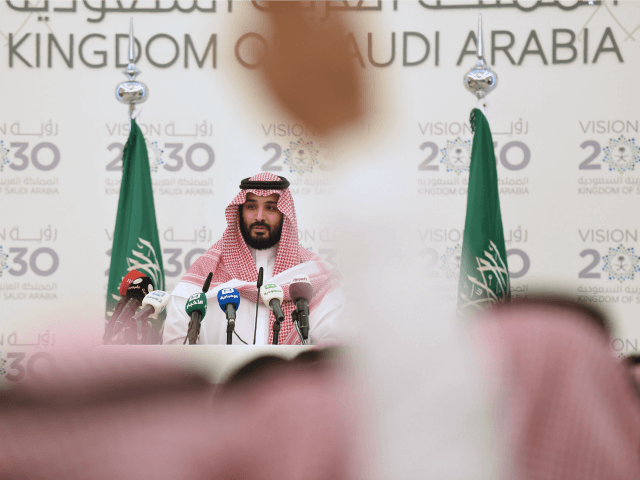RIYADH (AFP) – Saudi Arabia has a “very comfortable” level of foreign reserves, the central bank chairman said on Monday, despite a drawdown in assets to help cover a fall in oil revenue.
At the end of September, the reserves totalled $555 billion, a drop from about $616 billion at the end of 2015 and $732 billion a year earlier.
Since 2014, global oil prices have collapsed by more than half, accelerating Saudi efforts to move away from petroleum which still accounts for the bulk of government income.
The world’s biggest oil exporter, in its budget released last December, projected a deficit of $87 billion this year.
Alkholifey could not publicly comment on whether this year’s deficit is expected to approach that figure, although SAMA has confidential internal forecasts.
Its annual report said oil revenues fell 51 percent last year to $119 billion, or 72.5 percent of revenues, against 87.5 percent in 2014.
Non-oil proceeds rose to $45.2 billion, or 27.5 percent, up from 12.5 percent the previous year.
Expenditure was $260 billion, leaving a record deficit last year of $97 billion.
Faced with this shortfall, Riyadh took a series of austerity measures, including subsidy cuts, reductions in cabinet ministers’ salaries and delays in major projects.
Along with drawing on its reserves in an effort to cover its fiscal gap, the kingdom has issued domestic bonds and in October raised $17.5 billion from its first international bond issue.
Earlier this year, Deputy Crown Prince Mohammed bin Salman (pictured), 31, who heads the main economic coordinating body, announced a wide-ranging plan to move the economy away from oil.
Alkholifey said the Saudi economy grew by 3.5 percent in the first half of this year.
The International Monetary Fund projects Saudi real Gross Domestic Product growth of far less, at 1.2 percent this year, compared with 3.5 percent in 2015.

COMMENTS
Please let us know if you're having issues with commenting.